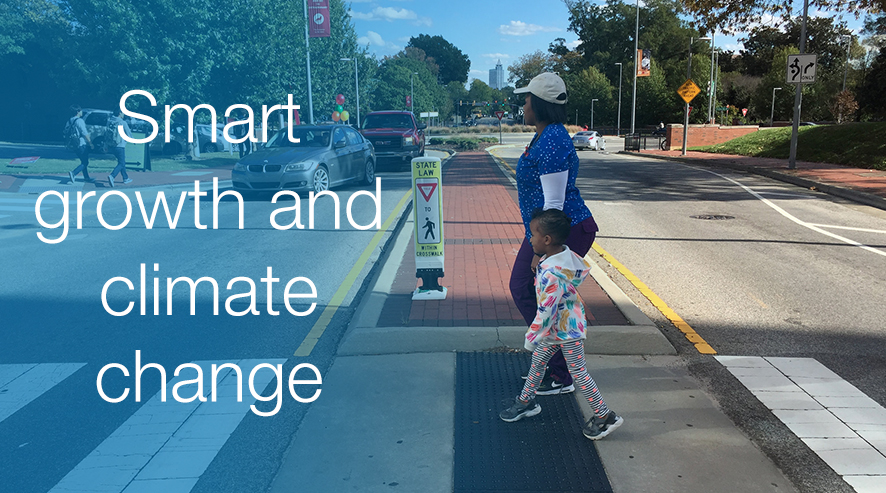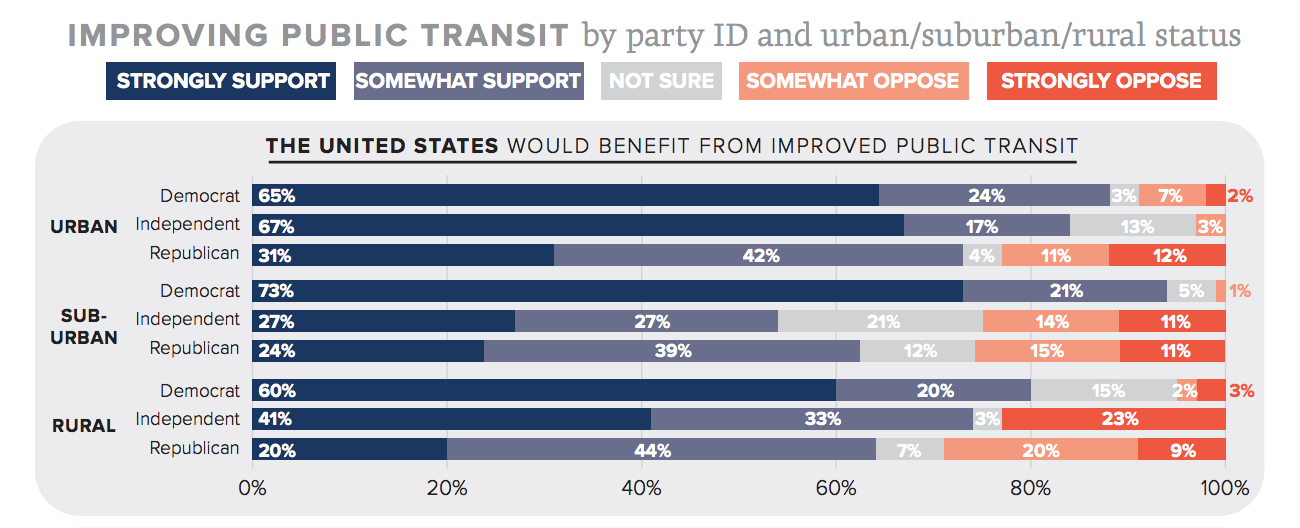 The Brookings Institution hosted an event this morning titled “State Roads to Economic Recovery: Policies, Pavements, and Partnership.” The multi-panel event was organized in conjunction with the release of “Fix it First, Expand it Second, Reward it Third – A New Strategy for America’s Highways,” a new report from the Hamilton Project analyzing the impact of state and national transportation infrastructure investments.
The Brookings Institution hosted an event this morning titled “State Roads to Economic Recovery: Policies, Pavements, and Partnership.” The multi-panel event was organized in conjunction with the release of “Fix it First, Expand it Second, Reward it Third – A New Strategy for America’s Highways,” a new report from the Hamilton Project analyzing the impact of state and national transportation infrastructure investments.
Report coauthors Matt Kahn, Professor of Economics at UCLA, and David Levinson, of the University of Minnesota, presented their proposal to a packed crowd. Over 80% of the current U.S. highway system, they explained, was built before 1972 – almost forty years ago. Kahn and Levinson recommend a three-step approach to maintain this aging infrastructure: fix it first, expand it second and reward it third. By focusing on fixing existing infrastructure before creating new, states can boost their economy and maximize the number of jobs created.
As Bruce Katz, Vice President and Director of the Metropolitan Policy Program at Brookings, highlighted, state governments are currently under tremendous pressure to transform their economies. Katz identified transportation infrastructure as a crucial future investment to drive growth in metro regions across the country. Robert Puentes, Senior Fellow at Brookings, highlighted how transit systems are necessary to, “move goods, ideas and workers quickly and efficiently.”



 The Brookings Institution hosted an event this morning titled
The Brookings Institution hosted an event this morning titled